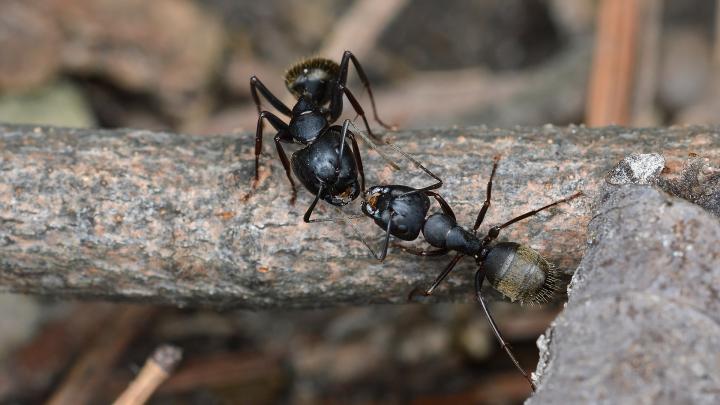
Photo Credit
pixabay
Subhead
Natural Remedies to Get Rid of Ants and Prevent Them From Entering Your Home
Read Next
Gardening Products
Concerning ants. I had a huge ant problem with them crawling up my kitchen wall. After trying numerous things with no success I grabbed the Dawn power wash for dishes. No more ant problem and it has been several weeks since I got rid of them
I've found that coarse salt (pickling salt) works wonders for keeping them from sneaking underneath doors...just,lay a line (not necessarily heavily) along the bottom of the exterior of any doors that you notice them sneaking under.
Last year I made sure the ants had a good supply of water outside and not once did I get one in the house. I think they come in looking for water.
They were always drowning in my water glass. Try it!
Also I sprinkle cinnamon on my door threshold too as well as keep a layer of cinnamon in my "candy drawer"!
Also I tossed my watermelon rinds out close to their ant hill and that kept them occupied too. So some humanity here for the little buggers!
I use powdered sugar and boric acid. Mix two teaspoons each with hot water in a small container and place in their path. Change when you have a large amount of dead ants. Wipes out entire colonies in a short period of time. Use more water than powder and they will sink to the bottom.
It's a wondrous thing to watch ants. AND that they are tiny! Have you ever had one bite you? I have and it's the most surprisingly big OUCH. It's a GREAT thing that God didn't make these little guys (oops, did I just transgender the whole colony, soooo sorry Ant-kind ;),
bigger than they are. Amazing the punch they pack if they happen to bite you. And I am talking the little tiny black ants in your kitchen. Great article but I try not to even kill ants. And I do water outside alongside the windows and walk below so they have water, but that's me ;) God bless everybody! Love the Farmer's Almanac and use the "days that are good for" all the time!
The little ones hurt, I totally agree. But if you've ever been bitten by I e if those HUGE red ones, you KNOW you've been bitten ! They will take flesh with them ! That's no exaggerating, I watch we d one take almost the whole top of my 5 yr old cousins toe. They don't play ! I don't know their name but I hope the big black don't bite as s hard ! The little ones are almost cute til they bite you lol.
We live in the south east US.
We get the Fire Ants.
Not fun when they bite😢
My feet have swollen up more times than I can remember and it itches like the Dickens for over a week.
Not cute 🥺
We live in the south east US.
We get the Fire Ants.
Not fun when they bite😢
My feet have swollen up more times than I can remember and it itches like the Dickens for over a week.
Not cute 🥺
So sorry bout the typing, I think you get the jist of it. Arthritic fingers make it inevitable. 🥴











Comments